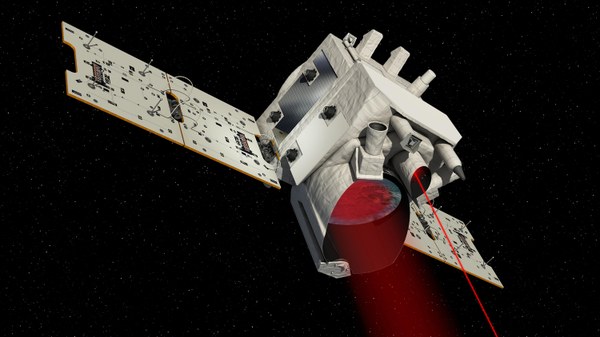Aeolus and Aeolus-2
The knowledge of wind speed is crucial for weather forecasting and the understanding of atmospheric dynamics. Between 2018 and 2023, the European Space Agency (ESA) operated the Earth Explorer satellite Aeolus. It carried the revolutionary instrument ALADIN - the first European lidar and the world's first Doppler wind lidar in space. The operational follow-on mission Aeolus-2 is planned to be launched in 2031 as part of the EUMETSAT Polar System (EPS) Programm in cooperation with ESA.


